When I told friends and family that I had booked a trip to Colombia, many of them seemed to do a double take. “Is that safe?” I don’t think I’ve ever had more comments from people concerned about my safety for any other trip I’ve taken thus far in my life. It seemed that family and friends were convinced that I was making a mistake and going somewhere incredibly dangerous.
So let’s talk about it. Is Colombia safe to visit? In this guide, I plan to talk about my own experience as well as provide tips and advice so you can also stay safe in Colombia.
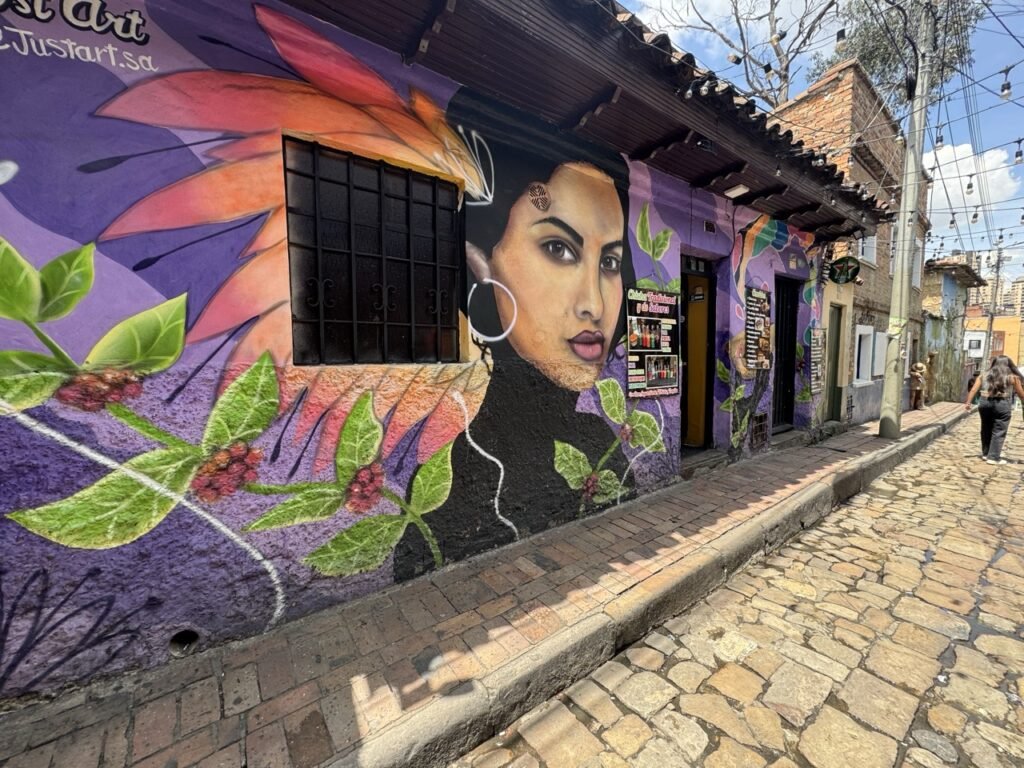
Is Colombia Safe?
Let’s just jump to the big question. Is it safe to travel Colombia? All countries have risk, and Colombia is no exception, but I can only speak to my own experience.
I felt safe the entire time I was in Colombia. I never felt like I was in danger. Yes, even as a solo female traveler, I felt safe moving through the country.
Now, that said, I do have to make an important disclaimer. I did not go out at night. While it helps that I don’t drink and I prefer early nights, I made it a point to be back at my accommodation before dark. For the most part, I stuck to this and there were only two nights on my trip where I didn’t quite make it back before dark (though I still was back at my hotel before it was “late”).
The first night, I was on a guided tour and we got back to Bogota late, but the driver dropped me directly at my accommodation. The second night, I arrived in San Gil late in the afternoon. After checking into my hostel, I went to get dinner and the sun set while I ate. I walked the few short blocks back to my hostel in the dark.
Where Did I Visit?
But Kristen, I’m going to X. Did you go there? Was it safe?
Admittedly, I only visited a small area of Colombia. My trip started in Bogota and then I ventured to Villa de Leyva and San Gil. There is so much more to the country than what I saw on this trip.
So, yes, I can’t speak for all of Colombia, but I can speak to my experiences as a solo female traveler in three specific cities in Colombia. I felt safe, but I took appropriate precautions and didn’t put myself in bad situations.
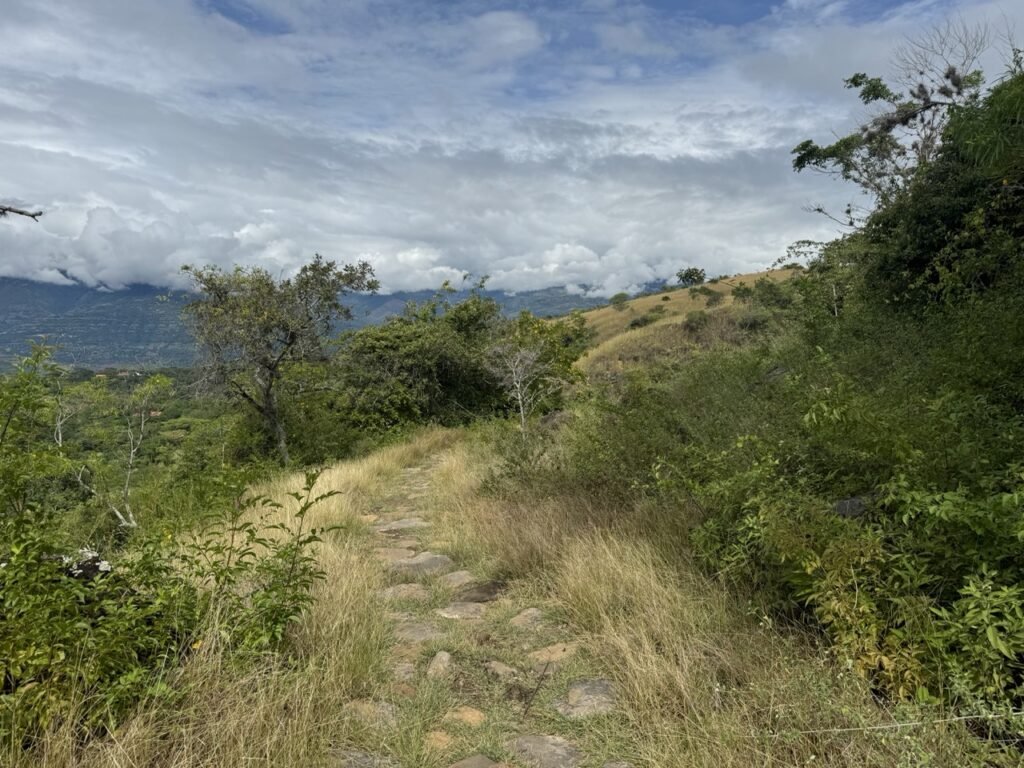
My Experience as a Solo Female Traveler
I traveled to Colombia by myself. It’s not the first country that I’ve traveled solo and I know that it won’t be the last. So how did it go? Honestly, it was fine. My earlier disclaimer (of not going out at night or drinking alcohol) still applies, but I didn’t have any issues. No one made any comments or said anything that made me uncomfortable, which is more than I can say about some places I’ve visited.
Ironically while visiting Chile the year before, the only person who said something that made me uncomfortable was a Colombian man. That was definitely in my head leading up to the trip, but I didn’t experience anything like that. I felt welcomed and comfortable during my time in Colombia.
7 Colombia Safety Tips
So now that we’ve gotten the big question about if Colombia is safe out of the way, let’s talk about practical safety tips.
Check for Active Travel Advisories
Before you travel to any country, you should check for any active travel advisories from your government. For Americans, this means visiting the State Department website which has practical information about every single country in the world.
In this instance, we’re specifically talking about Colombia, so look up Colombia and see if there are any active travel advisories. As an important note, nearly every country has some kind of travel advisory warning travelers to take proper precautions.
At the time of writing, Colombia is at “Level 3: Reconsider Travel”. Before you completely write off Colombia, look at what specifically that means. You can expand the travel advisory and read more details. At the time of writing, there’s specific warnings stating that visitors should not travel to two specific areas of the country. This can be concerning if you’re not a frequent traveler, but look at where those regions are in relation to where you plan to travel. For me, I had no plans to go to these areas.
As you keep reading the travel advisory, you’ll see warnings about terrorism, protests, and civil unrest. Many of these warnings are repeated for countries you wouldn’t even think of (Sweden, Germany, and France all have warnings about terrorism at the time of writing). So, while I strongly recommend reading all the travel advisories, I also remind you to use some common sense. Governments are trying to give their citizens as much information as possible and often it ends up sounding much worse than it actually is.
That’s not to say that you should travel everywhere without a care in the world, but rather interrogate the information and how it applies to your trip.
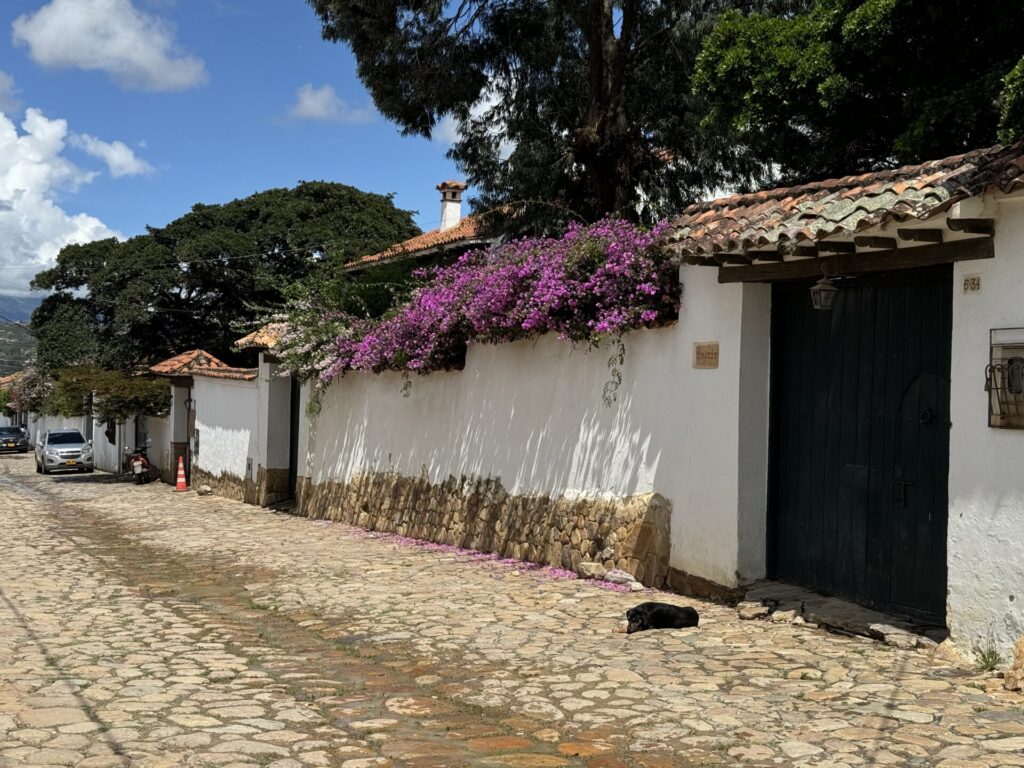
Hide Your Valuables (Including Your Phone)
As you travel through Colombia (and many other parts of the world), use common sense and hide away your valuables. Better yet, don’t bring your valuables and if you do bring them to Colombia, keep them locked in your hotel room as much as possible.
But what about your phone? Yes, it’s a good idea to keep your phone hidden and out of sight, but that doesn’t mean you have to go without your phone completely. My advice is to keep your public phone usage to a minimum. Why? Because the more you use your phone in public, the more likely it is for someone to take it. Travelers and locals have reported having their phone snatched out of their hands as they were using it.
Now, that’s not to say that you can’t bring your phone out with you or that you can’t use it. I have a terrible sense of direction and rely heavily on my phone for maps. In these instances, I’ll study the map before I leave a museum, hotel, restaurant, etc. and look where I need to go. Sometimes I forget and have to take my phone out again to look, but I make sure to do it quickly and then put my phone away.
When I traveled to Chile and again when I went to Colombia, I was so paranoid about getting my phone stolen that I was scared to even use my phone in public for those first few days. In general, I found myself to be overreacting and loosened my grip a bit. I still used my phone for maps and for photos, but I made sure to be aware of my surroundings before I did it. That’s not to say that I’m lax about my surroundings when I travel, but in certain countries (and around certain areas), I tend to keep a closer eye on my surroundings.
Before I move on, I also have to mention passports. You really don’t want to have your passport stolen and it’s tempting to leave it locked at your hotel. However, I found myself needing my passport more often than I expected. Any time I bought a bus ticket from a counter (even from a small, local bus in San Gil), I needed to show my passport. When I visited the Juan Curi Waterfall, I was asked for my passport. So, keep this in mind and be smart about your passport. Keep it hidden away and only take it out if absolutely necessary.
Take Extra Care at Night
I typically make it a point to not go out at night if I’m traveling alone. Of course it does help that I’m not a night owl and prefer an early night anyway, but I realize I’m in the minority here. If you want to go out, you can do so, but make sure you take extra precautions. Be even more aware of your surroundings and any valuables that you have on you.
In addition, places that are fine during the day may not be at night. I stayed in La Candelaria in Bogotá and had no problems while I explored during the day. I always felt safe. But this area of Bogotá doesn’t have the greatest reputation at night. So, rather than risk it, I stayed in.
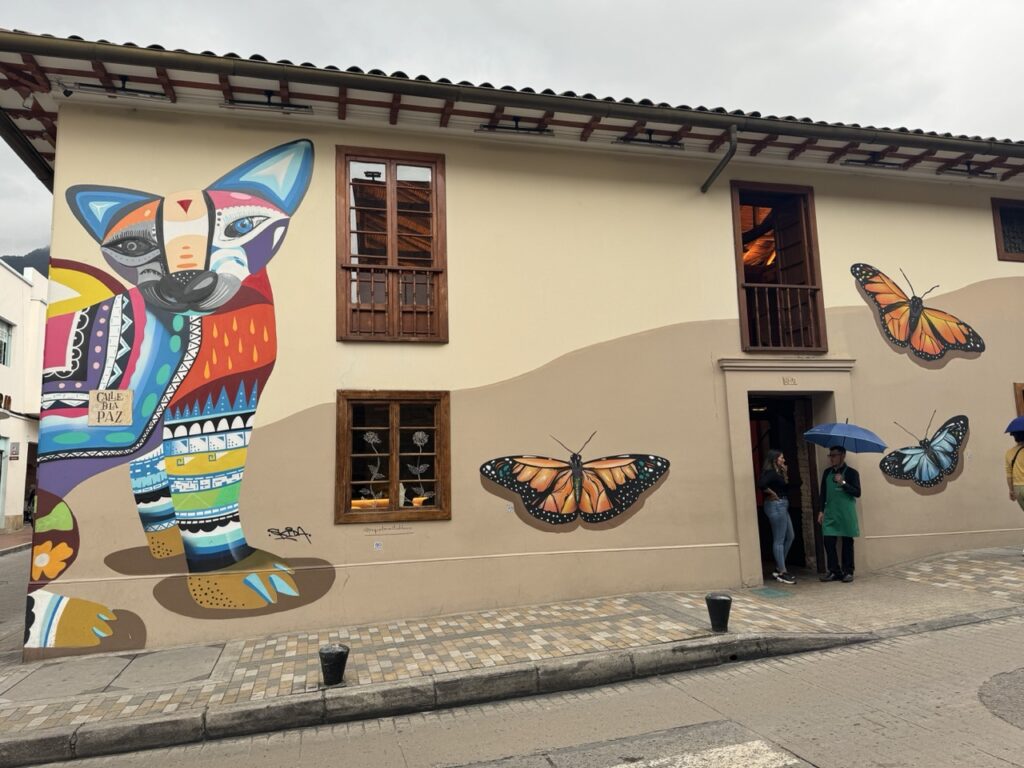
Know Some Spanish
The more Spanish you speak, the better. There’s very little English throughout Colombia. That said, you may find a little English here and there, particularly in tourist heavy areas. This lack of English isn’t limited to signs and extends to the people of Colombia. Their language is Spanish and if you want to communicate, you’ll need to be able to understand Spanish (although hand gestures and patience goes a long way).
I speak a little Spanish, but it’s very basic tourist Spanish. I can order food, ask for directions, and read most signs, but that’s about it. I got by in Colombia, but it definitely would have been easier with more Spanish. That said, Colombians were so friendly and patient with my poor Spanish that it wasn’t a big issue.
So how does this translate to safety? If you can communicate with locals, you’ll be in a much better position if there is an emergency.
Pro tip – Before you travel to Colombia, download Spanish for Google Translate to your phone before you go. The app allows you to speak in your language and have it translated to Spanish and vice versa. I definitely had to use that a few times.
Trust Your Gut
If something doesn’t feel right, trust your gut. Whether that’s the area of town where you’re exploring, what time you go back to the hotel, the person you’re talking to, or any other number of things, you need to trust your own instinct. If something doesn’t feel right, it probably isn’t. Maybe things would end up fine, but are you really ready to take that chance?
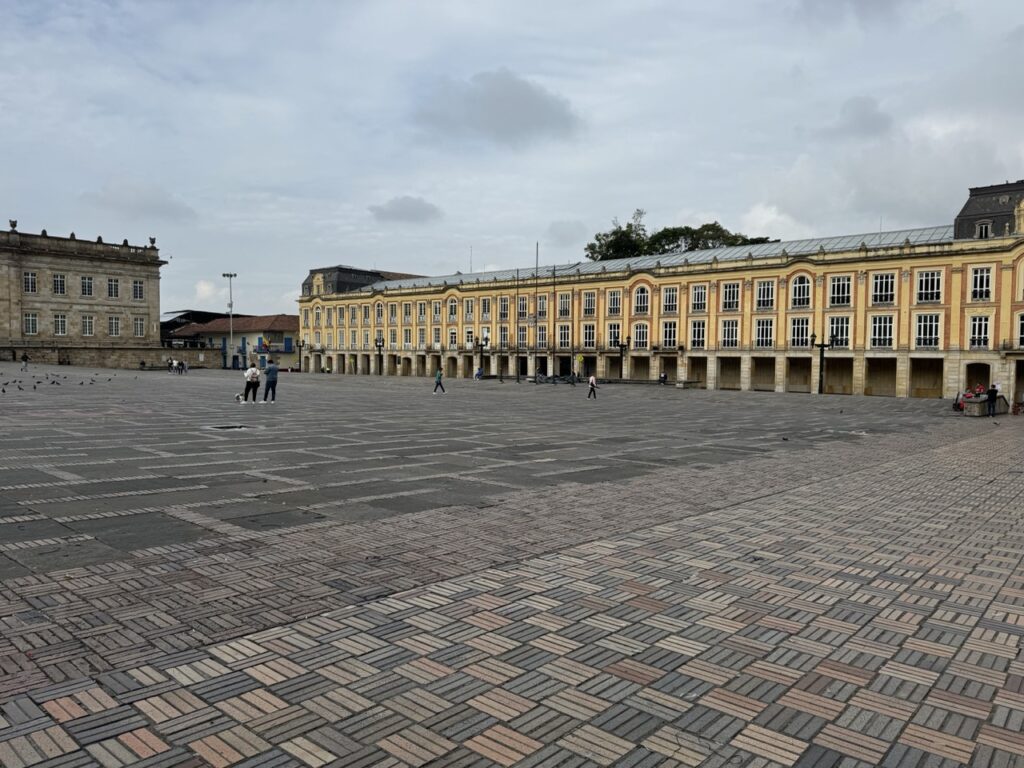
Find Information From Other Travelers
Talk to other travelers who have visited the country recently and get their thoughts. Did they feel safe during their visit? Travel forums and Reddit are excellent places to source this information. As I led up to the trip and scroll through travel related sub-Reddits, I clicked on every thread about my upcoming destination and read what I can. Your fellow travelers are generally willing to share information, particularly about safety.
Yes, reading articles like this are helpful too, but I find that travel forums can be the best place to find the most recent information. As much as many bloggers, myself included, try to keep our sites up to date, recent travelers are going to have much more up to date information than I will.
“No Dar Papaya”
Translated literally, “No dar papaya” means “Don’t give papaya”. In Colombia, this saying means “don’t give people a reason to cause you harm”. No one deserves to be a victim, but you’re more likely to be a victim of robbery if you have draw attention to yourself by showing your cash or having your valuables out.
Use common sense when you travel and don’t give people a reason to harm you.
Should You Travel to Colombia?
So after those safety tips, should you travel to Colombia? I vote yes, but with the caveat that you take precautions. Every country in the world has its problems and Colombia is no exception. But with the proper planning, common sense, and safety precautions, you can enjoy a trip to Colombia.
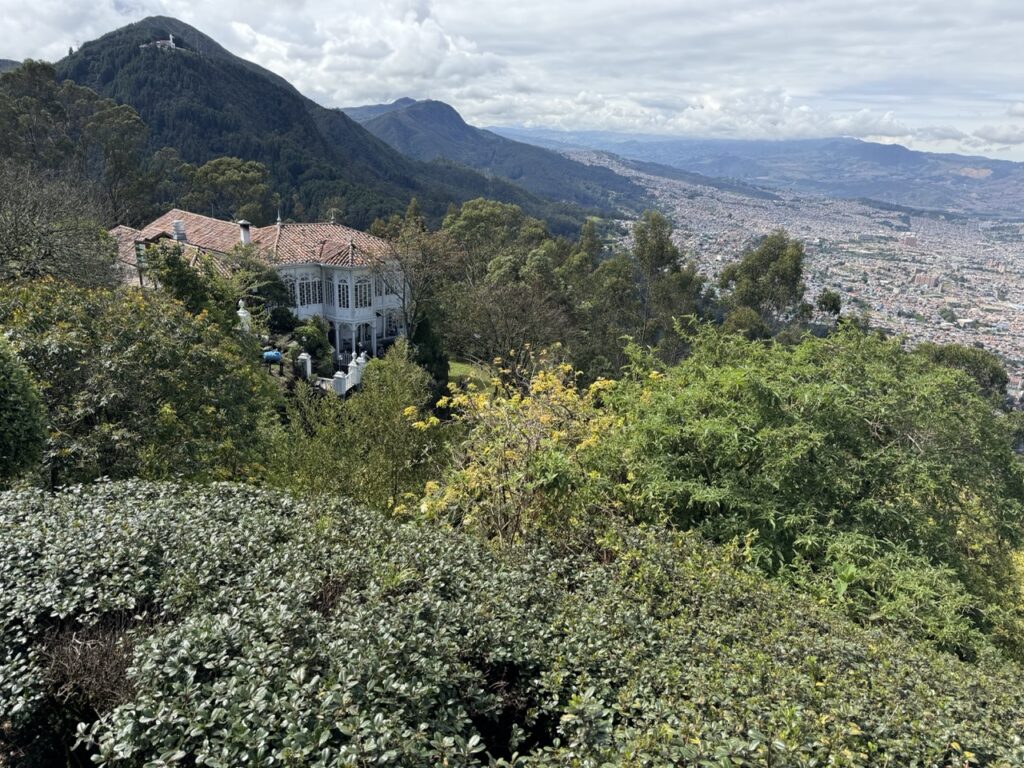
When to Visit Colombia
While many countries have weather that can change drastically throughout the year, Colombia has just two season: dry season and rainy season.
Dry season is more popular because rain is less likely. Dry season typically runs from December through February or March. Then there is another dry season from June through August.
Rainy season comprises of the other months of the year. April and May and September through November. While it is rainy season, it may not rain every day, but you need to be prepared that it could rain at any time. Learn more about visiting during rainy season.
While dry season, particularly December through February, is the most popular time to travel, I chose to visit in November. It was rainy season and it did rain every day of my visit. However, the rain typically did not occur until the late afternoon or evening, meaning on most days my mornings were dry and I was able to explore in the dry sunshine.
Final Thoughts
I had more people express concern about my trip to Colombia than anywhere else I’ve traveled to. But, none of those people had ever traveled to Colombia before and what I found is that most of their fears were overblown. That’s not to say that you shouldn’t take precautions, but in general, I found Colombia to be a lot safer than what many of my friends and family believed.
Continue Your Adventure
Colombia: Start your planning with my 9 day Colombia itinerary that takes you from the capital city of Bogotá to the adventure capital of San Gil. And don’t miss my Colombia Travel Guide that has everything you need for your trip, including plenty of budgeting advice.
